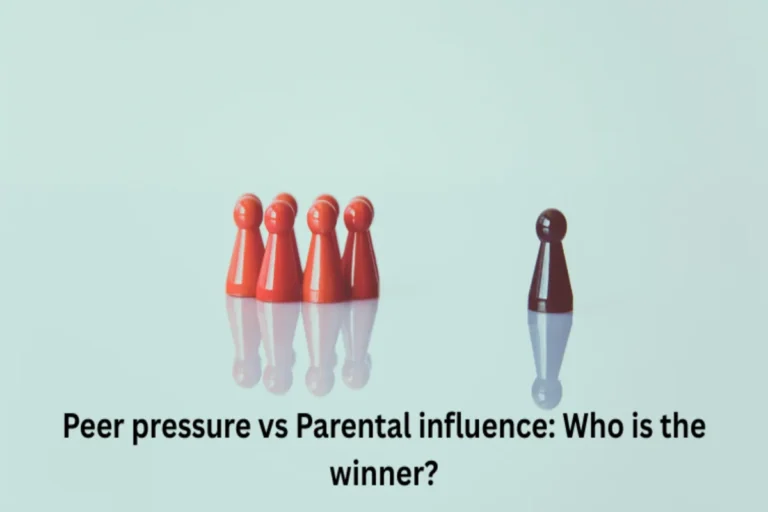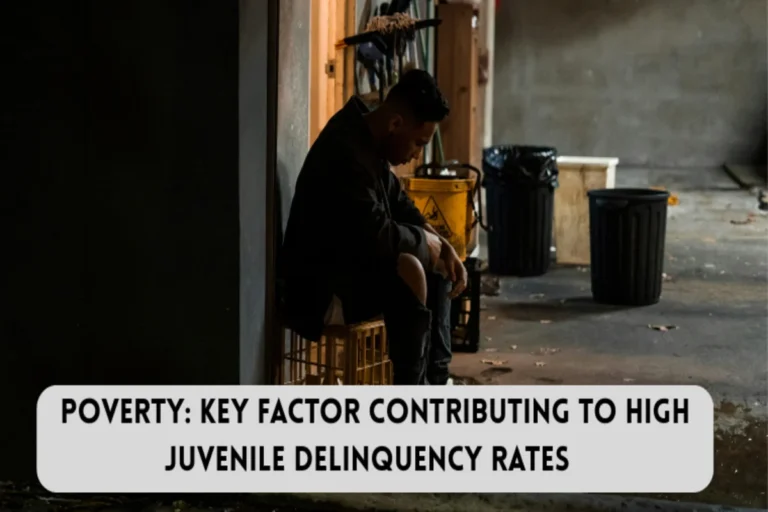
Bullying causes serious harm to millions of teenagers worldwide yet disabled teens suffer the most extreme consequences. These persons must deal with physical and social obstacles of the environment they live in and experience discrimination because of societal prejudices and the inherent nature of their disabilities together with the resultant biases.
The bullying of disabled teens represents an urgent concern because this problem receives insufficient attention even though bullying affects teenagers broadly. The bullying of disabled youths continues beyond typical bullying incidents thus causing severe lasting harm to these students. It is not just a temporary hardship; It can cause permanent damage to the victim’s mental health as well as their academic performance and their capacity to fit into society when they become adults.
We need to learn about the particular difficulties faced by disabled teenagers as well as the social effects of bullying on them and the importance of establishing stronger bullying prevention programs.
The Reality of Bullying Among Disabled Teens
Students with disabilities experience higher rates of bullying statistically compared to their peers without disabilities. According to research bullying affects students with disabilities at twice to three times the rate of typical students in educational settings. Various factors contribute to why these students receive discriminatory treatment to such an extent.
Disabled teens experience bullying primarily because of three main factors.
Perceived Vulnerability: Bullies target people they consider powerless because disabled students may have limitations in movement, speech or mental processing.
Social Stigma: Bullying remains justified by negative or condescending social views regarding disability which prevail in many societies.
Lack of Awareness: Many students and some adult staff members lack proper understanding of disabilities which creates opportunities for bullying through exclusionary behavior and both intentional and unintentional discriminatory actions.
Limited Peer Support: Students with disabilities often lack social connections which creates isolation and makes them easy targets for bullies.
Types of Bullying Which Disabled Teens Typically Endure
Disabled teens experience various forms of bullying which frequently combine into multiple forms of abuse simultaneously.
Physical Bullying – It encompasses physical attacks like hitting or pushing together with damage to mobility aids such as wheelchairs prosthetics and hearing aids. Disabled students face several forms of physical abuse such as bullies taking their crutches and trapping them in areas that are difficult to access while also stepping on them.
Verbal Abuse – Verbal bullying takes the form of derogatory terms combined with offensive humor that targets the victim’s disability. Disabled students experience insults that target their speech patterns alongside their mobility and cognitive processing abilities.
Cyberbullying – Through modern technology bullying extends its reach beyond physical locations. The number of incidents of online bullying and social media exclusion along with spread of misinformation about disabled teenagers continues to rise.
Social Exclusion – Students use social exclusion as a way to keep disabled teens from participating in activities and events which causes them to feel lonely and separated from their peers.
Manipulation and Exploitation – Some bullies use manipulation and exploitation to take advantage of a disabled teen’s trusting personality and social immaturity along with difficulties in communication.
The abuse persists through different forms that generate a hostile environment which causes permanent harm to those involved.
The Severe Outcomes Which Bullying Creates for Disabled Teens
Every victim of bullying experiences long-term effects but disabled teens suffer from the worst outcomes. The combination of discrimination and physical limitations with social stigma produces a deeper impact on disabled teens than it would on their non-disabled peers.
1. Increased Mental Health Issues
Disabled teenagers already experience a higher risk of depression and anxiety because of daily discrimination and medical barriers. Bullying intensifies their existing difficulties so victims feel useless and helpless and trapped. Among victims of intense bullying PTSD alongside suicidal thoughts and self-inflicted injuries become more prevalent.
2. Academic Decline and School Avoidance
Disabled students experience decreased academic performance together with declining grades because their stress and fear makes them unable to focus in class. Students who face bullying often start missing school as a way to escape their tormentors yet this decision severely damages their educational progress along with their future possibilities.
3. Increased Social Isolation
The bullying experience supports harmful beliefs that disabled teenagers are outside the norm or not worthy of friendship. Victims normally stay away from social interactions because of fear and this behavior creates obstacles for their development of confidence and communication abilities required for adulthood.
4. Higher Risk of Physical Harm
Some cases of bullying progress into dangerous physical attacks on students with disabilities. Disabled students face enhanced danger during violent attacks because they have limited protective capabilities.
5. Lasting Emotional and Psychological Damage Results from the Situation
The experiences of bullying teenagers form their personal self-image while defining their global perspective of life. Disabled people who faced bullying during their teenage years typically develop low self-esteem while experiencing trust problems that lead to workplace discrimination as adults.
The Need for Immediate Attention to This Issue
Bullying incidents against disabled teenagers remain invisible to the general public even though their condition is severe. Specific anti-bullying policies which focus on the needs of disabled students remain absent in most educational institutions. Educational personnel receive insufficient training regarding disability-based bullying identification and intervention procedures.
The failure to address this issue gives bullies an opportunity to act without facing any disciplinary action. When hostile environments persist unchecked they become standard protocols that lead to severe long-term consequences affecting victims along with the entire society.
Solutions: What Can Be Done?
1. Strengthening Anti-Bullying Policies
Schools need to establish detailed policies that specifically protect disabled students from bullying while providing staff with training on implementation. The policies should impose severe disciplinary actions on bullies and require staff members to receive specialized training.
2. Increasing Awareness and Education
School programs and community initiatives which increase disability understanding will help reduce bullying caused by misinformation and prejudice. Schools need to add disability education to their curriculum because this helps develop empathy and promotes inclusion.
3. Empowering Disabled Teens
The disabled teen population must develop skills to defend themselves and learn when to seek support. Community organizations and schools need to provide self-defense training as well as peer mentorship programs and workshops that enhance self-confidence development.
4. Encouraging Peer Support and Inclusion
Schools need to establish a culture of inclusion through efforts that encourage friendships between students with and without disabilities. Inclusive extracurricular activities together with social integration programs and buddy systems help connect students who differ socially.
5. Mental Health Resources and Support Systems
Schools need to offer mental health support which addresses the specific obstacles faced by disabled teenage students. The available support includes counseling services together with peer support groups and therapy.
6. Parent and Community Involvement
Parents need to stay aware of their child’s social life so they can collaborate with educational staff to create a secure learning environment. Disabled teenagers receive protection through community involvement which establishes safer areas that extend past their educational environment.
The bullying of disabled teens constitutes more than a routine school problem because it violates fundamental human rights and produces lasting mental and social impacts. Disabled students face greater danger from bullying because of their heightened vulnerability and the negative effects of bullying create severe damage in their lives.
This matter cannot be disregarded. The creation of a protective space for all students requires immediate action from schools and their support networks including parents and policymakers. The implementation of stronger anti-bullying policies along with increased awareness and empathy education will protect disabled teens from harm and enable them to develop as safe and valued individuals.
Every student deserves protection from harassment yet disabled teenagers receive no exception from this requirement. Society needs to take immediate action against bullying of disabled teens to end their suffering once and for all.


